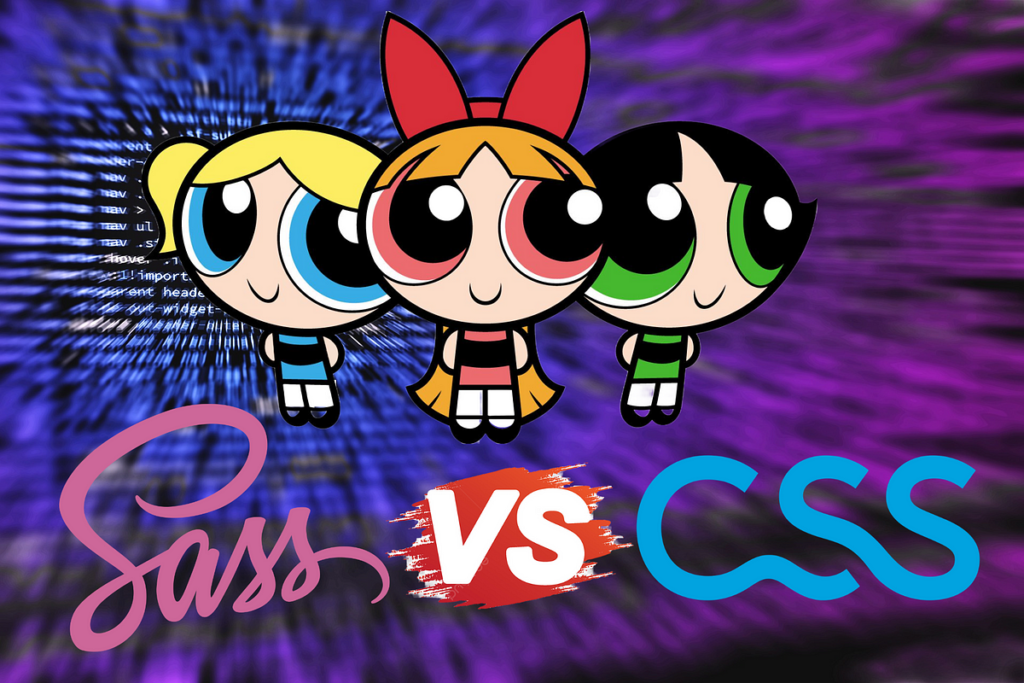
What is CSS?
CSS stands for Cascading Style Sheets. Cascading Style Sheets (CSS) is a stylesheet language used to describe the presentation of a document written in HTML or XML
What is SASS?
SASS is a stylesheet language that’s compiled to CSS. It allows you to use variables, nested rules, mixins, functions, and more, all with a fully CSS-compatible syntax. Sass helps keep large stylesheets well-organized and makes it easy to share design within and across projects.
SASS is a CSS preprocessor — a layer between the stylesheets you author and the .css files you serve to the browser. SASS (Syntactically Awesome Stylesheets) plugs the holes in CSS as a language, allowing you to write DRY code that’ll be faster, more efficient, and easier to maintain.
Features of SASS
- SASS is fully CSS-compatible.
- It is more stable, powerful and elegant than CSS.
- It is based on JavaScript and is a superset of CSS.
- It has its own syntax and compiles to readable CSS.
- It is an open-source preprocessor that is interpreted into CSS.
- It supports language extensions such as variables, nesting, and mixins.
- It provides many helpful functions for manipulating colors and other values.
- It provides many advanced features like control directives for libraries.
- It provides well-formatted, customizable output.
What is SCSS?
SCSS stands for Sassy CSS. SCSS is the main syntax for the SASS which builds on top of the existing CSS syntax.
Comparison between CSS and SCSS
SCSS supports all CSS features and contains more advanced features not present in CSS, making it a great choice for developers to use.
SCSS allows you to use features that don’t exist in CSS, such as variables, nested rules, mixins, imports, inheritance, built-in functions and other things that don’t exist in CSS.
[CSS] @import ‘/styles/defaultTheme’; $tab-width: calc(100vw – #{rem(190px)}); .defaultLayout { background-color: $white-color; &__container { background-color: $white-color; display: flex; flex-direction: column; width: $tab-width; overflow: hidden; } &__subContainer { @extend .defaultLayout__container; font-weight: $font-weight-medium; height: rem(100px); padding-left: $spacing-5xs; } } [CSS]SCSS gives you the ability to do math operations. You can perform simple computations in the code with the help of operators for a better output.
[SCSS] $primary-color: #156abf; @function rem($value) { @if $value == 0 { @return 0; } @if unit($value) == ‘px’ { @return $value / 16px * 1rem; } @else { @error ‘rem() function requires value in pixels’; } } .loading-text { color: $primary-color; margin-top: rem(6px); z-index: 12; } [SCSS]SCSS is a more evolved and advanced form of the CSS language. SCSS is a superset of CSS.
Advantages of SCSS
- It contains fewer codes so you can write CSS more quicker.
- It is more stable, powerful, and elegant because it is an extension of CSS, making it easy for designers and developers to work more efficiently and quickly.
- It is compatible with all versions of CSS. So, you can use any available CSS libraries.
- It provides nesting so you can use nested syntax and useful functions like color manipulation, math functions, and other values.
Disadvantages of SCSS
- The developer must have enough time to learn new features present in this preprocessor before using it.
- Debugging becomes harder in the case of SCSS.
- It can produce very large CSS files.
Conclusion
Learning SCSS if you already know CSS is easy, and learning SASS is less tedious once you know SCSS. The SASS and the SCSS do the same thing: to extend the CSS capabilities and make it more efficient and powerful, which is why developers prefer to use them.
